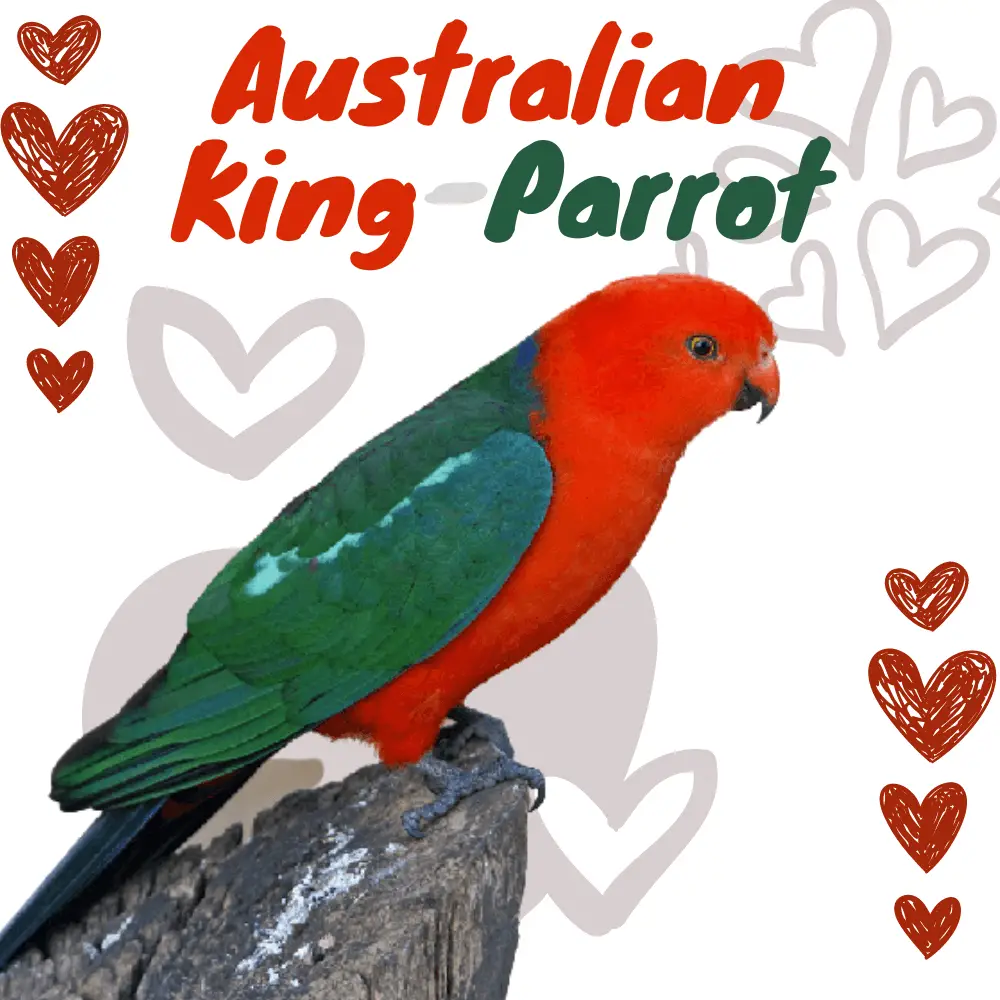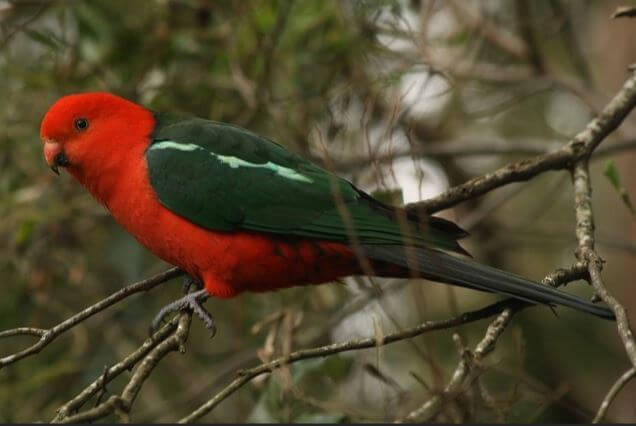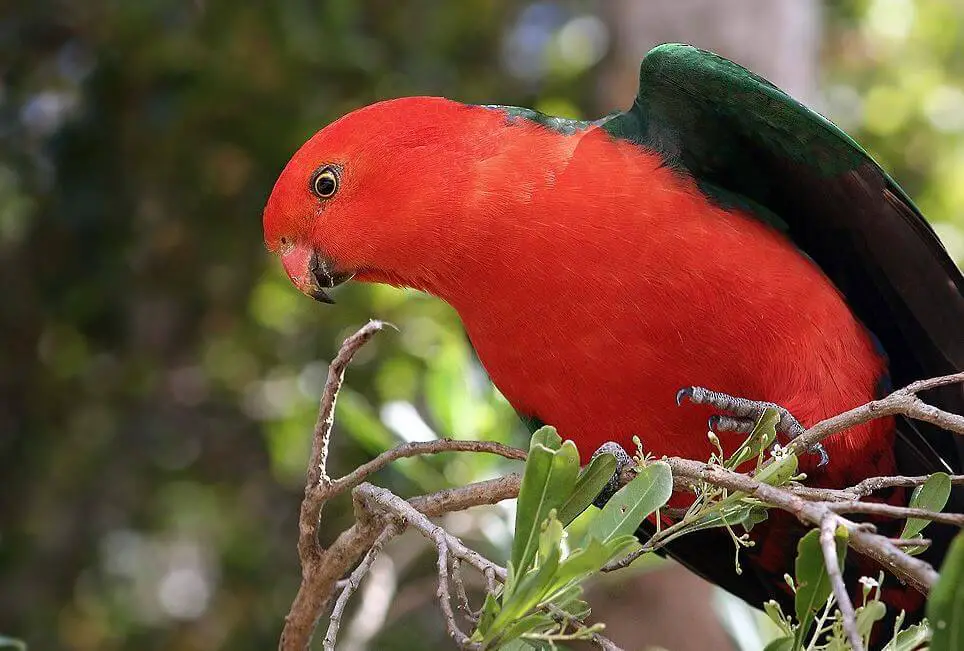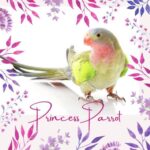
Australian King-Parrot 42–43 cm; 209–275 g. Very similar to A. amboinensis but larger, with mantle and upper back oil green, inner series of upper wing-coverts pale green, underwing-coverts oil green-tinged blue; under tail-coverts broadly scalloped green; tail greenish-black above, greyish black below.
Female like female A. chloropterus but with the undertail-coverts scalloped green, occasional hint of pale scapulars, bill dark brownish. Immature like female but bill paler. Race minor smaller.
Alisterus scapularis Scientific name definitions
- LC Least Concern
- Names (16)
- Subspecies (2)
Systematics History
Editor’s Note: This article requires further editing work to merge existing content into the appropriate Subspecies sections. Please bear with us while this update takes place.
Two subspecies were recognized.

Subspecies
SUBSPECIES
Alisterus scapularis minor Scientific name definitions
Distribution
NE Australia (NE Queensland).
SUBSPECIES
Alisterus scapularis scapularis Scientific name definitions
Distribution
E Australia (NC Queensland S to S Victoria).
Distribution
Editor’s Note: Additional distribution information for this taxon can be found in the ‘Subspecies’ article above. In the future we will develop a range-wide distribution article.
Habitat
Rain forest, Eucalyptus woodland, dense riparian scrub, and occasionally adjacent savanna from sea-level to 1600 m, utilizing these more open habitats outside the breeding season when also visiting urban parklands and farm areas.

Movement
Notably in S of range flocks descend from mountains in late autumn and remain in lowlands until Sept. Year-round lowland birds appear to be resident once adult, but immatures show undefined movements, forming flocks of up to 30 in autumn. Birds of all ages may congregate at concentrated food resources such as fruiting trees and ripening maize.
What do king parrots eat
Seeds of eucalypts, acacias, and Angophora are particularly favored, also of Baloghia lucida, plus fruits and berries of Geijera parviflora, Solanum nigrum, S. auriculatum and Phytolacca octandra, mistletoes, grass seeds, nectar, blossoms, and buds.
Parrots raid orchards, maize, and sorghum crops, sometimes taking spilled grain from farmyards, and come into gardens to feed on cultivated Pyracantha, Cotoneaster, and Crataegus berries plus Quercus acorns.
Australian KING PARROTS male, female and juvenile feeding on corn
Australian King Parrot Talking
The commonest vocalization is a repeated clear metallic short whistle, e.g. “kee…kee…kee”, either slurred or even pitched. Also a repeated piercing “kreet!” and a harsh “krek!” or doubled “chack-chack” in flight. When feeding also gives a quiet guttural cackling.
Australian King Parrot Breeding
Sept–Jan. Nest in a hollow limb or in a deep hole in a tall forest tree. Eggs 3–6, usually 5; incubation, by female only, lasts c. 20 days; nestling period c. 5 weeks.
Australian King Parrot as pets
SOURCE: ViralHog
Conservation Status
Conservation status on BirdlifeLC Least Concern

Is The Australian King Parrot Endangered
Not globally threatened. CITES II. Generally common but lost from cleared and afforested areas.




















